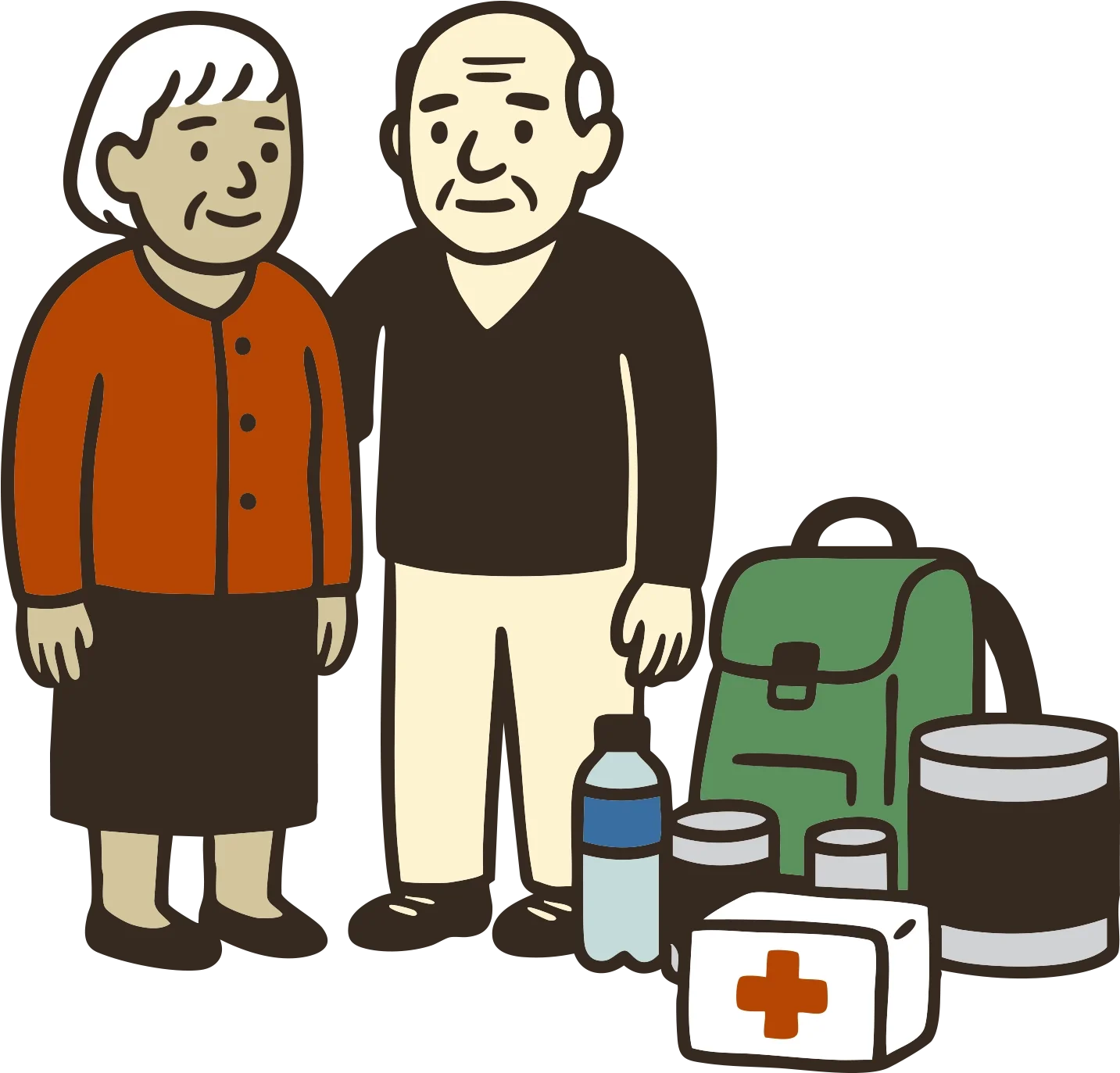Preparing as an Older Adult
In the islands, being ready means being able to take care of yourself for at least two weeks after a disaster—especially during earthquakes or winter storms, when help may take time to arrive.
If you’re an older adult, or supporting someone who is, the basics are the same: stock up on supplies, make a plan, and connect with neighbors. But it’s also important to consider things like mobility, medications, and how you'll stay in touch if power or phone lines are down.
Use our Preparedness Guides to get your home, your neighborhood, and your island ready.
Need a printable version?
If you or someone you care for is an older adult, think beyond food and water. Here are some items worth adding to the kit:
Extra glasses or contacts
Hearing aids and spare batteries
Mobility aids (cane, walker, wheelchair)
Medications (minimum two-week supply)
Printed list of prescriptions and dosages
Medical equipment and backup power source (if needed)
Emergency contacts (printed, not just in your phone)
Important documents (ID, insurance cards, Medicare info)
Warm clothing and blankets
Flashlight with extra batteries
Whistle or loud noise-maker (to signal for help)
Written instructions for care, if needed
Comfort items: books, puzzles, snacks
Key Resources for Older Adults
American Red Cross: Disaster Preparedness for Seniors by Seniors
A practical guide written by and for older adults, with real-world advice on getting prepared.
Centers for Disease Control & Prevention: Emergency Preparedness for Older Adults
Tools, checklists, and planning tips to help older adults prepare for all kinds of emergencies.
Federal Emergency Management Agency: Prepare for Emergencies Now: Information for Older Americans
Step-by-step guidance to build an emergency kit, make a plan, and stay informed.


